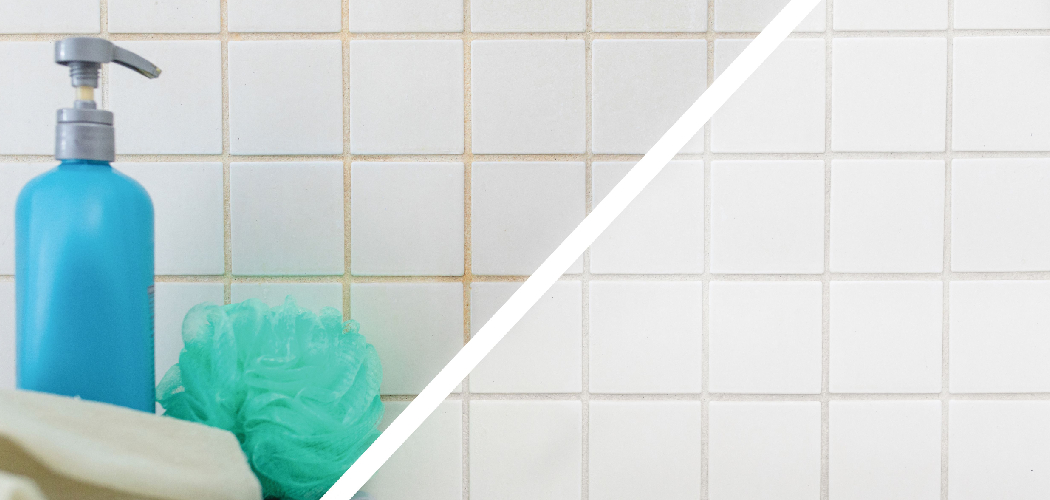Dealing with bathroom scum can be a frustrating challenge for many homeowners. Regular removal of soap scum and hard water stains is crucial, as these unsightly buildups not only diminish the visual appeal of your bathroom but can also create a breeding ground for bacteria and mold, compromising hygiene.
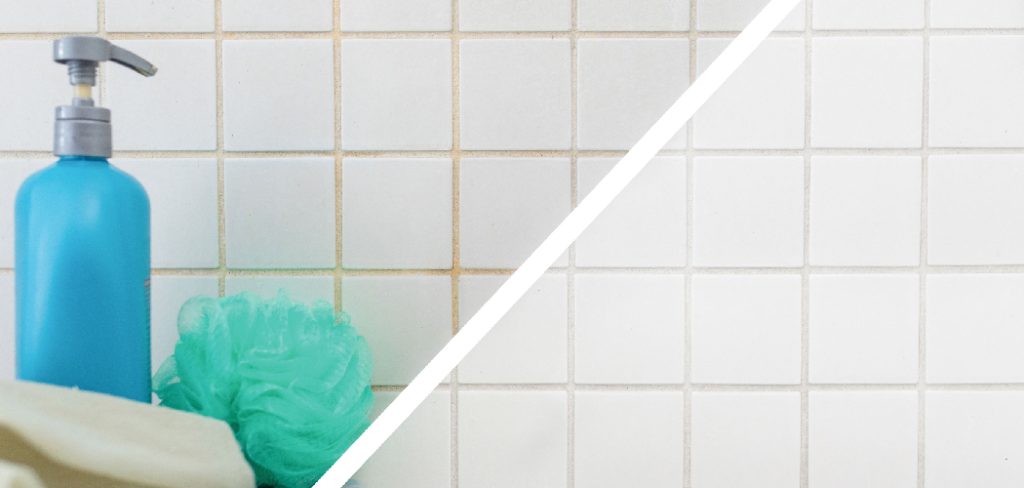
Understanding how to clean bathroom scum effectively is essential for maintaining a healthy living environment. This article will provide a comprehensive overview of various cleaning methods, including natural solutions like vinegar and baking soda, effective commercial products, and preventive measures to help you keep your bathroom surfaces looking pristine. By incorporating these strategies into your cleaning routine, you can eliminate scum build-up and promote a cleaner, safer bathroom for you and your family.
Understanding Bathroom Scum: What Is It and Where Does It Form?
What Is Bathroom Scum?
Bathroom scum is a stubborn accumulation of soap residue, minerals from hard water, and body oils that cling to various surfaces in the bathroom. This combination creates a film that can appear cloudy or discolored, often starting as a thin layer that becomes increasingly pronounced over time.
When left untreated, this organic and inorganic matter hardens, making removing it significantly more challenging. The combination of moisture and various cleaning products contributes to its formation, and as it builds up, it can lead to more extensive cleaning challenges, promoting an unhygienic environment.
Common Areas Affected by Scum
Certain areas of the bathroom are particularly vulnerable to scum buildup due to their consistent exposure to water and soap products. Shower doors often develop a cloudy film from the combination of hard water minerals and soap residue, making them difficult to see through.
Tiles and grout lines in the shower and bathtub also accumulate scrubbable scum, while sinks and faucets can gather unsightly deposits where water splashes frequently. Additionally, bathtubs, with their deep surfaces, tend to trap moisture and soap, inviting scum development. Recognizing these high-risk areas is essential for effective cleaning and prevention strategies, ensuring a fresh and hygienic bathroom environment.
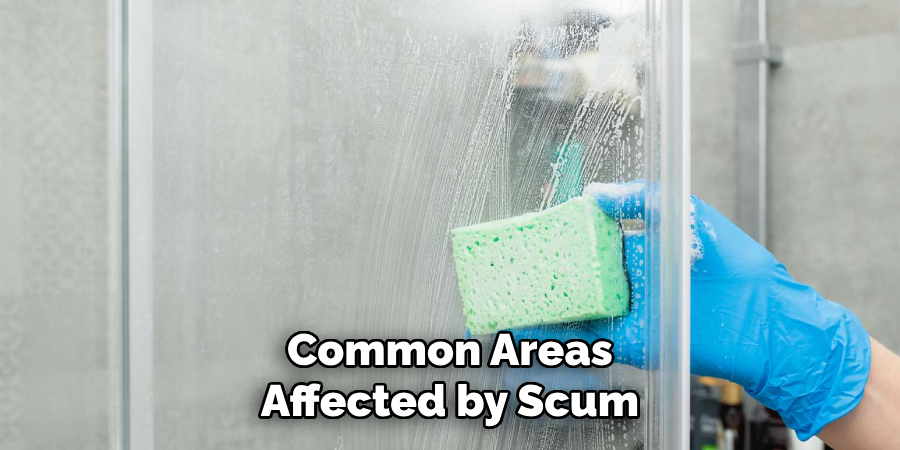
How to Clean Bathroom Scum: Natural Cleaning Solutions
Vinegar and Baking Soda
A powerful combination for tackling bathroom scum is a mixture of vinegar and baking soda. Vinegar’s natural acidity helps break down soap scum while baking soda provides gentle abrasiveness to aid in scrubbing. To create this solution, pour approximately one cup of vinegar into a spray bottle. Then, sprinkle about half a cup of baking soda into the bottle. The resulting fizz indicates the mixture is activating.
Apply the solution generously to the affected areas, ensuring that you cover tiles, grout lines, and fixtures. Allow it to sit for at least 15-20 minutes to break down the scum effectively. After waiting, scrub the surfaces with a non-scratch pad or brush, then rinse thoroughly with warm water. This eco-friendly cleaning alternative is not only effective but safe for household use, promoting a healthier environment.
Lemon Juice and Salt
Lemon juice also serves as a natural acid that efficiently dissolves soap scum, particularly on glass surfaces where mineral deposits tend to accumulate. To enhance its cleaning power, combine lemon juice with salt to form a mildly abrasive scrub. Start by squeezing the juice from two fresh lemons into a bowl and mix in a few tablespoons of salt until you achieve a paste-like consistency.
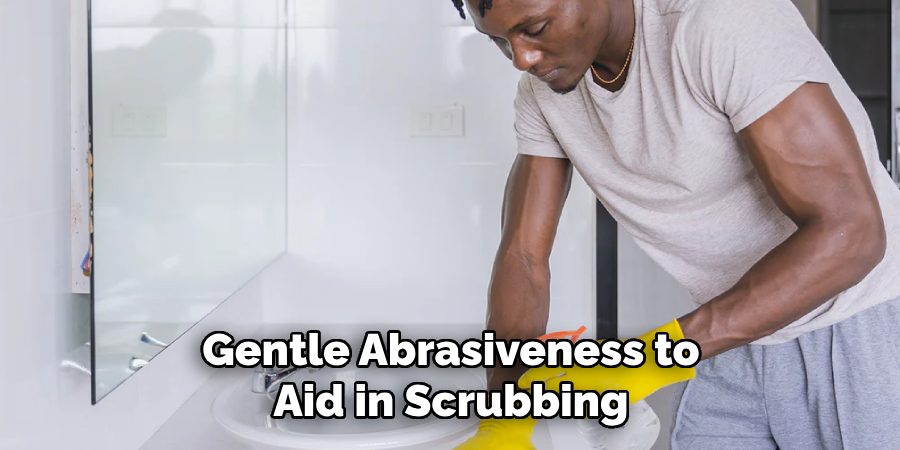
Apply this mixture to tougher scum spots on fixtures, tiles, or glass doors, using a soft cloth or sponge to gently scrub the area. Allow the paste to sit for 10-15 minutes before rinsing it off with warm water for best results. The natural antibacterial properties of lemon juice, combined with the scrubbing action of salt, leave your bathroom surfaces clean and pleasantly fresh-smelling.
Castile Soap and Essential Oils
Consider using Castile soap mixed with essential oils for a gentle yet effective cleaning solution. Castile soap is biodegradable and derived from plant oils, making it a great eco-friendly option for your bathroom cleaning routine. Mix one cup of liquid Castile soap with four cups of water in a spray bottle to prepare a cleaning spray. For an added antibacterial boost and pleasant aroma, incorporate 10-15 drops of your favorite essential oil, such as tea tree or lavender.
Shake the bottle gently to combine the ingredients effectively. When ready to clean, spray the solution generously onto scum-affected surfaces, including sinks, bathtubs, and shower walls. Allow it to sit for five to ten minutes to penetrate the scum, then wipe with a cloth or sponge and rinse with water. This natural blend not only tackles stubborn scum but also leaves your bathroom smelling delightful.
How to Clean Bathroom Scum: Commercial Products
Choosing the Right Product
When it comes to tackling bathroom scum, various commercial cleaners are available, each designed to target specific surfaces and scum severity. Products range from heavy-duty cleaners to gentle formulations, making it essential to select the right one for your needs. A dedicated tile cleaner with mold-fighting properties can be effective for tile and grout areas.
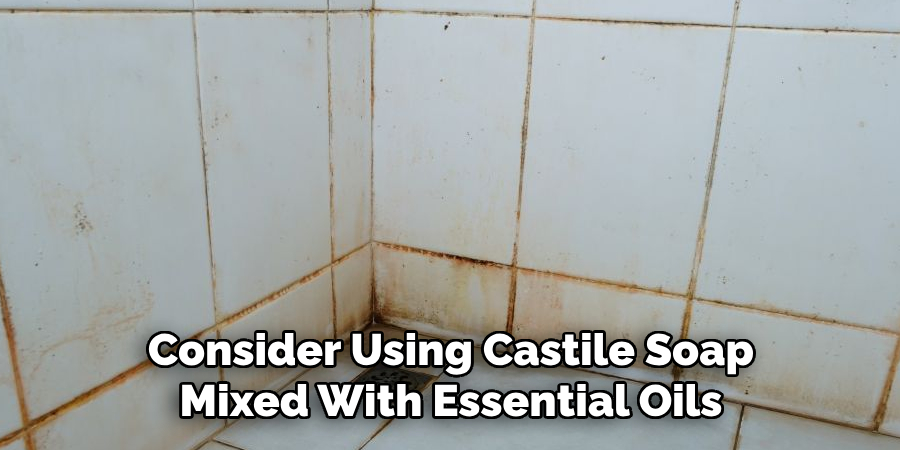
Consider using a specially formulated glass cleaner that effectively combats hard water stains without scratching for glass surfaces like shower doors. If you have acrylic fixtures, opt for products labeled as safe for plastics to prevent any damage. Additionally, consider the environmental impact of the products; look for eco-friendly options that minimize harmful chemicals and fumes. Always check labels for guidelines regarding surface compatibility and the potential for damage, ensuring you choose a product that protects your bathroom while effectively eliminating scum.
How to Use Commercial Cleaners Effectively
Using commercial scum removers can be straightforward when you follow a few simple steps for optimal results. Read the manufacturer’s instructions carefully, as each product may have specific guidelines and recommendations. Before application, put on protective gear such as gloves and, if needed, a mask to safeguard against fumes. Ensure your bathroom is well-ventilated by opening windows or using an exhaust fan.
Apply the cleaner generously to the affected areas, and let it sit for the recommended time to allow the chemicals to break down the scum efficiently. Once the waiting period is over, use non-scratch pads or brushes to scrub the surfaces gently to avoid damaging the material. Rinse thoroughly with warm water to remove any residue, and wipe down surfaces with a clean cloth to restore their shine. By adhering to these steps, you can safely and effectively eliminate stubborn bathroom scum.
Tools for Scrubbing and Removing Bathroom Scum
Scrub Brushes and Sponges
Selecting the right scrub brushes and sponges is crucial for effectively removing bathroom scum without causing damage. A stiff-bristled scrub brush can penetrate tough stains for tiles and grout, while softer sponge options are better suited for delicate surfaces like acrylic and enamel.
Non-scratch pads offer an effective alternative for cleaning countertops and glass fixtures, ensuring surfaces remain unmarred. Always match the tool to the surface material to maximize cleaning effectiveness and preserve the integrity of your bathroom fixtures.
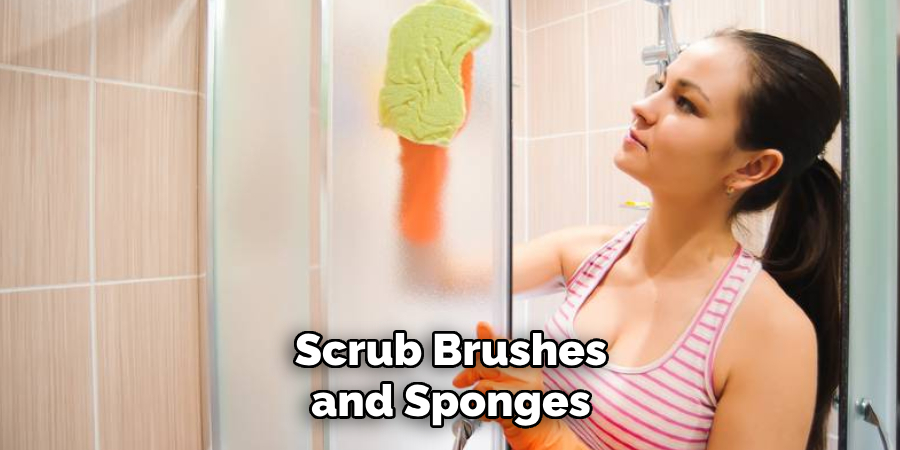
Magic Erasers and Other Specialized Tools
Magic erasers and specialized scum removal pads are invaluable additions to your cleaning arsenal. Magic erasers, made from melamine foam, work like fine sandpaper to lift and break down scum effortlessly without the need for harsh chemicals. These tools are particularly effective on flat surfaces, such as glass shower doors or smooth tiles.
Additionally, there are scum removal pads designed specifically to combat tough stains, allowing for efficient scrubbing in hard-to-reach areas. Using these specialized tools can significantly simplify your cleaning routine.
Preventive Measures to Avoid Bathroom Scum Buildup
Daily or Weekly Maintenance
Establishing simple maintenance habits can significantly reduce the formation of scum in your bathroom. Consider wiping down surfaces after each shower to eliminate water droplets and soap residue that can lead to buildup. Using a squeegee on glass doors helps to remove excess water, preventing mineral deposits from forming on the glass. Additionally, running an exhaust fan during and after showers can decrease humidity levels, further mitigating scum development. By integrating these practices into your routine, you can keep your bathroom cleaner for longer.
Using Water Softeners or Rinse Aids
Implementing water softeners or rinse aids can be a game changer in combating scum buildup. Hard water often contains high levels of minerals, contributing to unsightly deposits. By installing a water softener, you can reduce these minerals, helping to prevent scum. Alternatively, using rinse aids in your cleaning routine can assist in minimizing water spots and residues. Look for products specifically designed to soften water or consider whole-house systems for comprehensive protection against hard water effects.
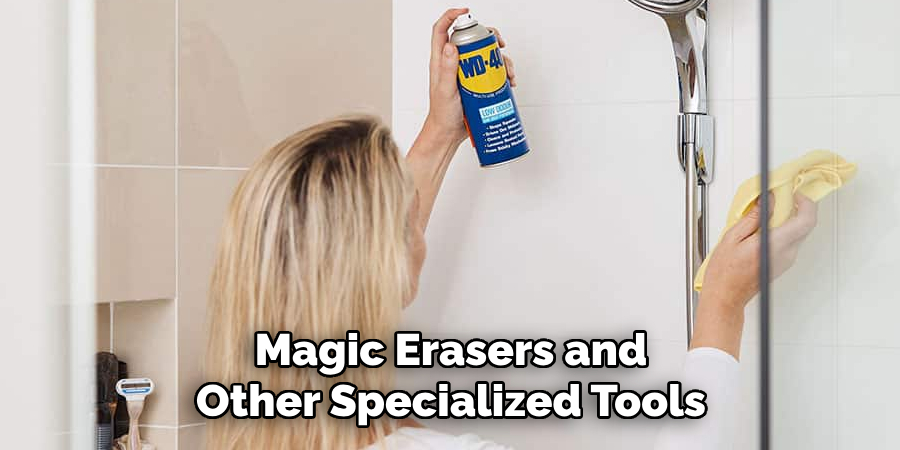
Special Considerations for Different Surfaces
Cleaning Tiles and Grout
Tiles and grout lines pose unique challenges when it comes to removing scum. The textured surface of tiles can trap soap residue and grime, while grout is porous and easily absorbs dirt and stains. To effectively tackle these issues, use a grout brush and a targeted cleaner specifically designed for grout. This will help break down stubborn buildup. Remember to scrub in a circular motion for better penetration and to regularly apply a protective sealer, which can help prevent future stains and scum accumulation.
Cleaning Glass and Mirrors
When cleaning scum from glass shower doors and mirrors, it’s essential to use non-abrasive cleaners and tools to avoid scratching the surface. A vinegar-water solution can be particularly effective for dissolving hard water stains without damaging the glass. Apply the solution using a soft cloth or a squeegee for streak-free results. Additionally, always dry the surfaces thoroughly after cleaning to prevent moisture buildup, which can lead to further scum formation.
Conclusion
In summary, effectively removing bathroom scum involves a combination of methods, ranging from natural solutions like vinegar and baking soda to commercial products specifically formulated for the task. Incorporating preventive measures, such as daily cleaning routines and the use of water softeners, can significantly diminish scum buildup.
As you learn how to clean bathroom scum, remember to tailor your approach to the unique surfaces in your bathroom, using appropriate tools and products to avoid damage. To achieve lasting results, consistency is key—make cleaning a regular part of your routine and pay attention to the specific needs of your bathroom fixtures. By staying committed to these practices, you can maintain a fresh and hygienic space, ensuring your bathroom remains an inviting area of your home.

